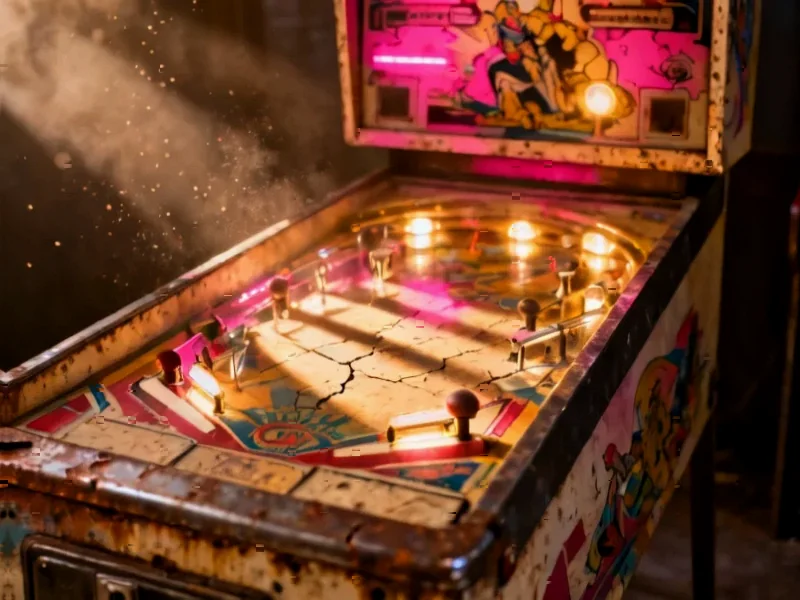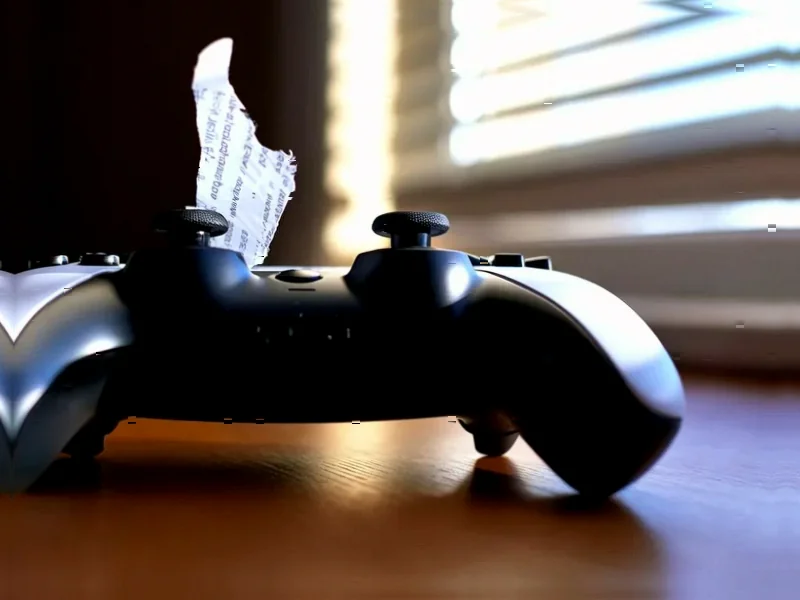According to GameSpot, Nintendo’s Japanese patent application for a game mechanic allowing players to throw items to capture characters was denied after a third party submitted evidence from games including Ark, Craftopia, and Monster Hunter 4 demonstrating the mechanic’s prior existence. This rejection follows Nintendo’s successful September patent grant in the United States for similar “summoning and fighting” mechanics, which was widely seen as targeting Pokemon imitators like Palworld. GamesFray first noticed the rejection and speculated that Pocketpair, Palworld’s developer currently engaged in legal battles with Nintendo, might have been the third party challenger. The situation highlights ongoing tensions in the gaming industry about what constitutes patentable game mechanics versus common design elements. This patent rejection raises fundamental questions about intellectual property boundaries in game development.
Table of Contents
The Shifting Patent Battlefield
The divergent outcomes between Nintendo’s US and Japanese patent applications reveal how differently jurisdictions approach game mechanics protection. While the US Patent Office granted Nintendo’s claim, Japan’s more conservative approach suggests regional disparities that could complicate global intellectual property strategies. This isn’t merely about legal technicalities—it reflects deeper philosophical divides about whether fundamental interaction patterns in games should be ownable. The gaming industry has historically operated with an understanding that certain mechanics become genre conventions, much like first-person shooting or platform jumping. Nintendo’s attempt to claim ownership of creature capturing pushes against this established norm, potentially threatening the creative ecosystem that allows genres to evolve through shared mechanical language.
Broader Industry Implications
If Nintendo successfully appeals this decision or pursues similar patents elsewhere, we could see a chilling effect on game innovation. Smaller developers like Pocketpair would face significant barriers to creating games in established genres, potentially requiring licensing agreements for mechanics that have become industry standards. The situation echoes past controversies around software patents, where broad claims threatened to stifle competition. Michael Douse’s comment about “bad faith” patent use reflects growing concern that established companies could weaponize intellectual property to block legitimate competition rather than protect genuine innovation. This case could set important precedents for how patent offices worldwide evaluate game mechanic claims, potentially forcing clearer distinctions between novel inventions and evolutionary improvements on existing designs.
Nintendo’s Legal Strategy Exposed
Nintendo’s simultaneous patent pursuits in multiple markets reveal a sophisticated but risky legal strategy. By securing the US patent first, they established a foothold in one of gaming’s largest markets, potentially hoping other jurisdictions would follow suit. The Japanese rejection undermines this approach and exposes the vulnerability of claiming ownership over mechanics that have appeared in multiple games across different developers. The evidence submitted—citing games from various publishers and development studios—demonstrates how difficult it is to argue novelty for mechanics that have become genre conventions. This case illustrates why Nintendo and other major publishers might need to reconsider how they protect intellectual property, focusing more on specific implementations, character designs, and unique combinations of elements rather than attempting to own basic interaction patterns.
The Future of Game Development Protection
Looking forward, this patent rejection could signal a shift toward more nuanced approaches to protecting game innovation. Rather than broad mechanical patents, we might see increased reliance on copyright protection for specific expressions of ideas and trademark protection for distinctive elements. The gaming industry in Japan and globally may need to develop clearer guidelines about what constitutes patentable innovation versus common design language. This case also highlights the growing importance of third-party challenges in the patent process, as demonstrated by the successful submission of prior art from multiple games. As the industry continues to evolve with new technologies and platforms, establishing balanced intellectual property frameworks will be crucial for maintaining both innovation protection and healthy competition.



